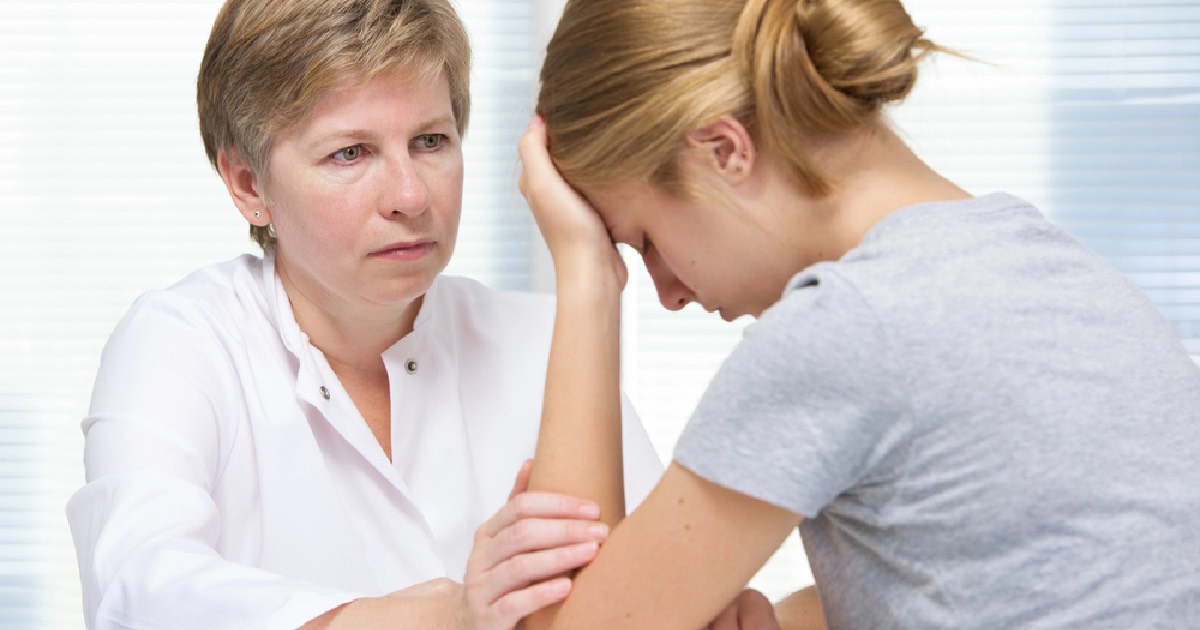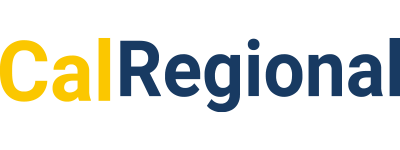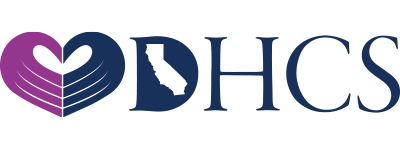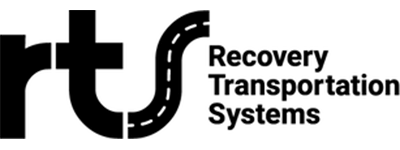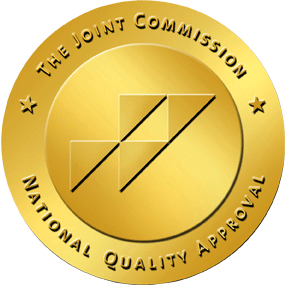The first step in healing from a substance use disorder is detoxification (detox). This process removes drugs, alcohol and toxins from the body so that it can stabilize. On average, detox takes about 3-14 days depending on the drug you are using and how long you’ve been using it for. Generally speaking, the more severe the addiction, the more severe the withdrawal symptoms.
Many people who want to quit drugs or alcohol are hesitant to take the first step because of what it involves—uncomfortable symptoms, trouble sleeping, intense cravings and more. However, it’s important to know that detox does not have to be a horrible, agonizing experience. Medical detox is a much safer way to detox, and medications and therapies are available to help manage withdrawal symptoms.
Below are five important things to know about medical detox, which will hopefully help you develop more realistic (and positive) feelings toward the process!
1. Medical detox removes distractions and temptation.
Detoxing on your own is generally not recommended. First, withdrawal symptoms can be dangerous and put you at risk for seizures or dehydration. Detoxing from alcohol and opioids is especially dangerous. To avoid these complications, it’s best to detox under medical supervision.
Second, people have a much harder time detoxing on their own. They often don’t get the support they need, and they remain in the same environment, which is likely filled with distractions and temptation. A medically supervised setting puts you in a safe, supportive environment where you can focus solely on yourself and getting better.
2. Insurance often pays for medical detox.
Cost is a significant factor when seeking help, and for good reason. Medical care is expensive. However, continuing to engage in substance use is not cheap, and you put yourself at risk for long-term health problems, job loss or decreased performance and legal troubles. Investing in yourself today saves you from a world of hurt later on.
We also find that getting the answers you need alleviates the fear of paying for detox. Call your insurance company and find out what your plan covers. Or, call the rehab facility of your choice and ask them to verify your benefits. To lower your costs, make sure the rehab accepts your insurance. Each facility prices its programs and services differently, so it’s worthwhile calling several treatment programs in your area.
3. Recreational therapy can be a great way to fill your time and decrease cravings.
Many people think that detox involves lying in a bed all day. However, this is not the case. You will have a lot of time to engage in healthy activities to keep you busy and ease withdrawal symptoms.
At Pura Vida Recovery, our clients get to participate in recreational therapy. We find that this is a great introduction to the recovery process, as many people are afraid of how they are going to have fun without drugs or alcohol. Once they see that they can enjoy themselves by rock climbing, hiking, wakeboarding, boat rides and more, they develop a much healthier attitude toward recovery. We also have other social events that get clients up and having fun with others.
4. There are various medications that can treat your symptoms, making it easier to get through detox.
Aside from recreational therapy, there are also a number of medications that can treat and manage your symptoms. Some medications treat symptoms like anxiety, insomnia, agitation and irritability, which are common side effects of withdrawal.
The FDA has approved three medications to treat opioid use disorder (methadone, buprenorphine and naltrexone) and three medications to treat alcohol use disorder (naltrexone, disulfiram and acamprosate). These medications work by decreasing withdrawal symptoms, reducing cravings and blocking the pleasurable effects of substance use.
5. Once the drugs have cleared from your system, an inpatient or outpatient program is the next step.
While detox is effective at eliminating drugs, alcohol and other toxins from the system, it does not address the root causes of your addiction. This is why it’s vital to take the next step: an inpatient or outpatient program.
During your time in one of these programs, you will engage in individual and group therapy, learning about the thinking, behaviors and feelings that may have led to your substance use. You’ll also work on developing essential life skills, creating a healthy schedule and finding new, drug-free ways to enjoy your time.
Detox Safely. Heal Completely.
Pura Vida Recovery gives our clients the tools they need to succeed in recovery. Our day program coupled with sober living housing lays the framework for a healthy and comprehensive healing journey. To learn more about our services and how they can help you overcome a substance use disorder, contact Pura Vida Recovery today.
